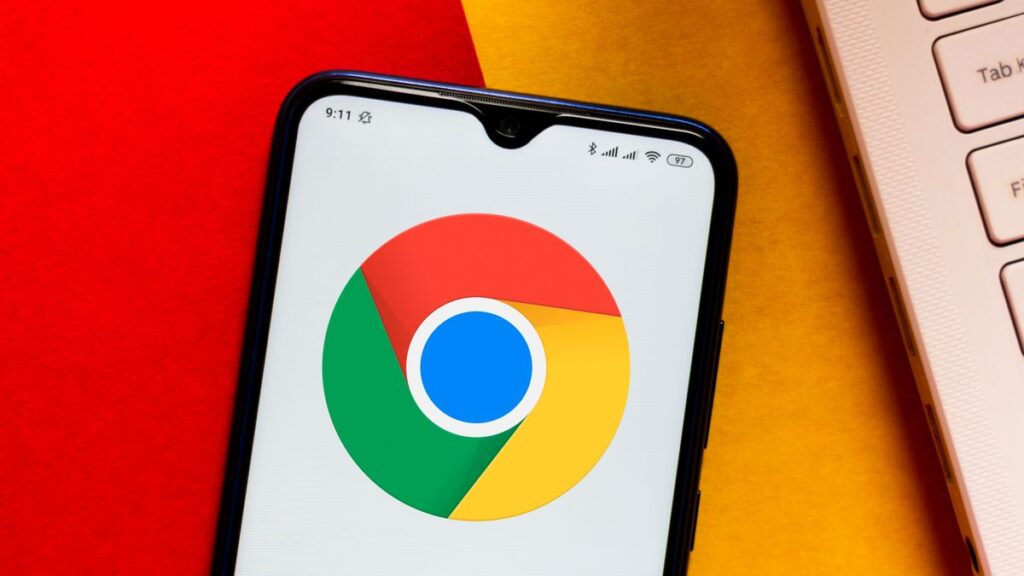Google Chrome on Android could become even more secure thanks to Android 15’s upcoming QPR1 update. Even at critical moments when your phone has already been stolen.
Based on the new “idcheck” flag discovered in Chromium Gerrit by browser expert Leopeva64, it seems very likely that Google will introduce an ID checking tool to Chrome for Android. This is an online code review hub for Chromium. Chromium is the codebase used to build the Chrome browser we all know and love. For those who are not familiar with it, let me explain.
Further research by Mishaal Rahmam and the Android Authority reveals that this flag will prevent ID checks if a user attempts to access payment methods, cross-device sync settings, or incognito mode from a location away from the trusted locations set on the device. was found to be valid.
ID Check was recently announced as a new security measure that requires biometrics to change important Android settings such as PIN. If this feature is enabled, a fingerprint scan or facial recognition scan is required. That’s because PINs or passwords are much easier for criminals to learn by cracking, brute-forcing, or “shoulder surfing,” where they watch you type in the code before swiping your phone.
Unfortunately, Chrome’s ID check appears to be limited to devices running Android 15 QPR1. All Android 15-enabled devices can update to QPR1 (short for Quarterly Platform Release 1), but it won’t be available to users running older phones with versions of Android 14 or earlier.
Chrome is where the heart is
As an app, Chrome is closely tied to your Google Account and is a common place to log in to important websites and make online purchases. That makes them just as easy a target for thieves as the smartphone hardware itself. Therefore, adding this biometric security system is a smart way to reduce the burden on users and provide peace of mind to regular users.
All of this also fits into Google’s new Android-wide anti-theft system, which was introduced last week for devices running the 2019 Android 10 update or later. These mainly focus on the behavior of a mobile phone after it has been taken away, and are used for automatic locking functions if it determines that the mobile phone has been grabbed from the hand, as well as for protecting the mobile phone from another device. Includes new features such as remote lock functionality.
If Chrome’s Identity Check does indeed become part of QPR 1, we can expect it to arrive around December of this year. Support for the Android apps themselves could arrive by then, but the system also requires server-side updates to work, so it won’t work sooner than that, even if you download every Chrome update that arrives. I can’t think of anything.


